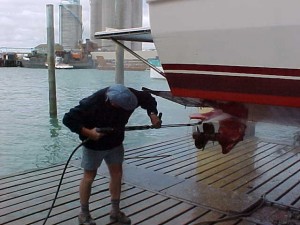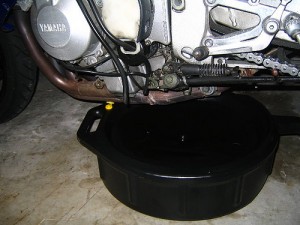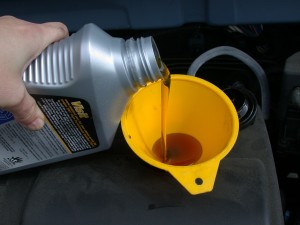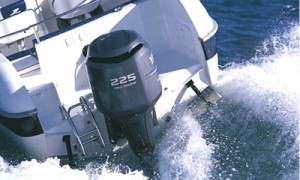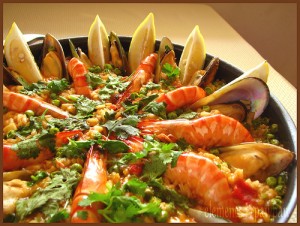Maintaining a Fleet
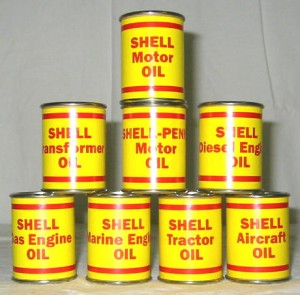 Do you own a fleet of small fishing boats? Or perhaps a fleet of boats for day cruises? Then you need to be smart with your money to keep your business afloat in these difficult financial times.
Do you own a fleet of small fishing boats? Or perhaps a fleet of boats for day cruises? Then you need to be smart with your money to keep your business afloat in these difficult financial times.
One of the ways you can save money is by purchasing bulk motor oil. Buying in bulk is far cheaper than purchasing oil as you go along. Also, you don’t have to sacrifice quality for a lower cost; you can still by your preferred brand of motor oil.






